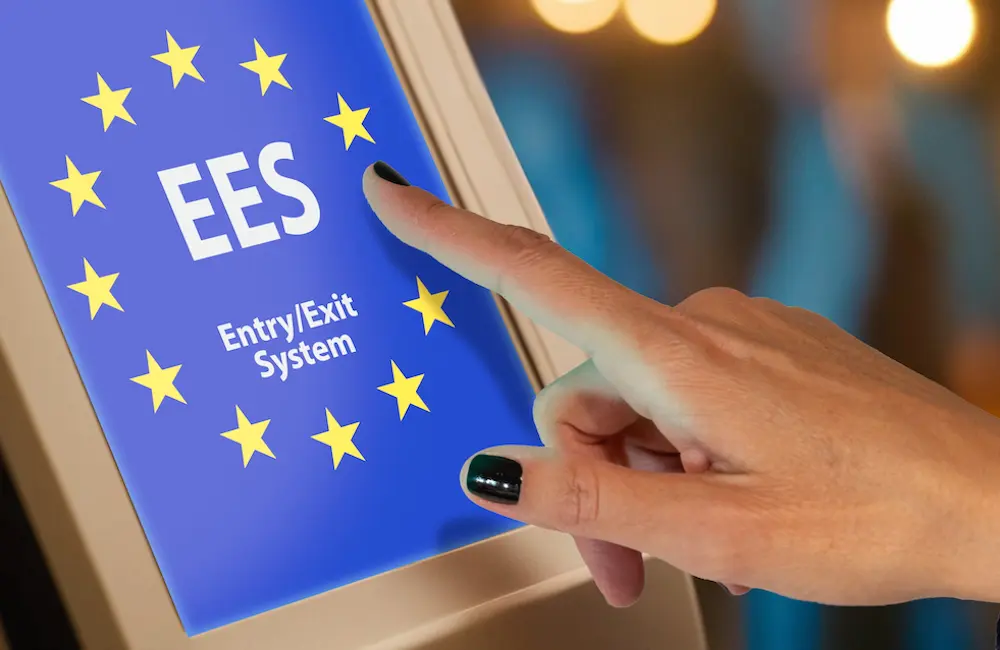A new era of European travel has begun. The entry process into Europe for Australians and other non-European Union citizens will start to look a lot different from Sunday (12 October), as the EU rolls out its new Entry/Exit System (EES).
The new automated border control process is designed to strengthen external Schengen borders and modernise how travellers from outside the EU are recorded – that means no more passport stamps.
The EES will replace manual stamping with a digital register, which applies to travellers from non-EU and non-Schengen countries, including Australia, who do not require a visa to enter. Instead of stamps, the system logs biometric data such as fingerprints and facial images, as well as details of each entry and exit.
“When you enter the Schengen area on your first visit to Europe after the EES is introduced, you will be required to have your fingerprints and photo taken and answer Schengen Border Code questions,” it states on the Smartraveller website.

“This will create a digital record that registers your biometric details.”
This data is then stored and used to calculate permitted stays and facilitate easier monitoring by authorities of overstays or illegal entries.
The maximum stay of 90 days in any 180-day period still applies, but the new system will now automatically track it.
According to the official EU website, the system will be gradually introduced at borders “with full implementation by 10 April 2026”.
For Australians, the key takeaway is that border checks may take longer, especially in the first months as systems bed in. But once travellers’ data is on file, it is hoped the new system speeds up processing.

The following European countries will use the system:
- Austria
- Belgium
- Bulgaria
- Croatia
- Czechia (Czech Republic)
- Denmark
- Estonia
- Finland
- France
- Germany
- Greece
- Hungary
- Iceland
- Italy
- Latvia
- Liechtenstein
- Lithuania
- Luxembourg
- Malta
- Netherlands
- Norway
- Poland
- Portugal
- Romania
- Slovakia
- Slovenia
- Spain
- Sweden
- Switzerland
EES vs ETIAS

Adding another layer to EU travel, Australians will soon also need to factor in the European Travel Information and Authorisation System (ETIAS).
Predicted to start in the last quarter of 2026, ETIAS will be an electronic travel authorisation for visa-exempt nationals, including Aussies, travelling to any of the 30 European countries.
Unlike EES, ETIAS will require Aussie travellers to apply online before departure and pay a fee. Originally set at €7, the cost has since tripled (read more about that here) to €20 – or around AU$35. The system is designed to enhance security checks before travellers even set foot in Europe and will be valid for up to three years or until a passport expires, whichever comes first.
For travel advisors, understanding ETIAS will be important. Agents (or friends or family) will be able to apply for ETIAS on behalf of their clients, but they’ll need to keep a few things in mind to ensure a smooth process (read more about that here).






